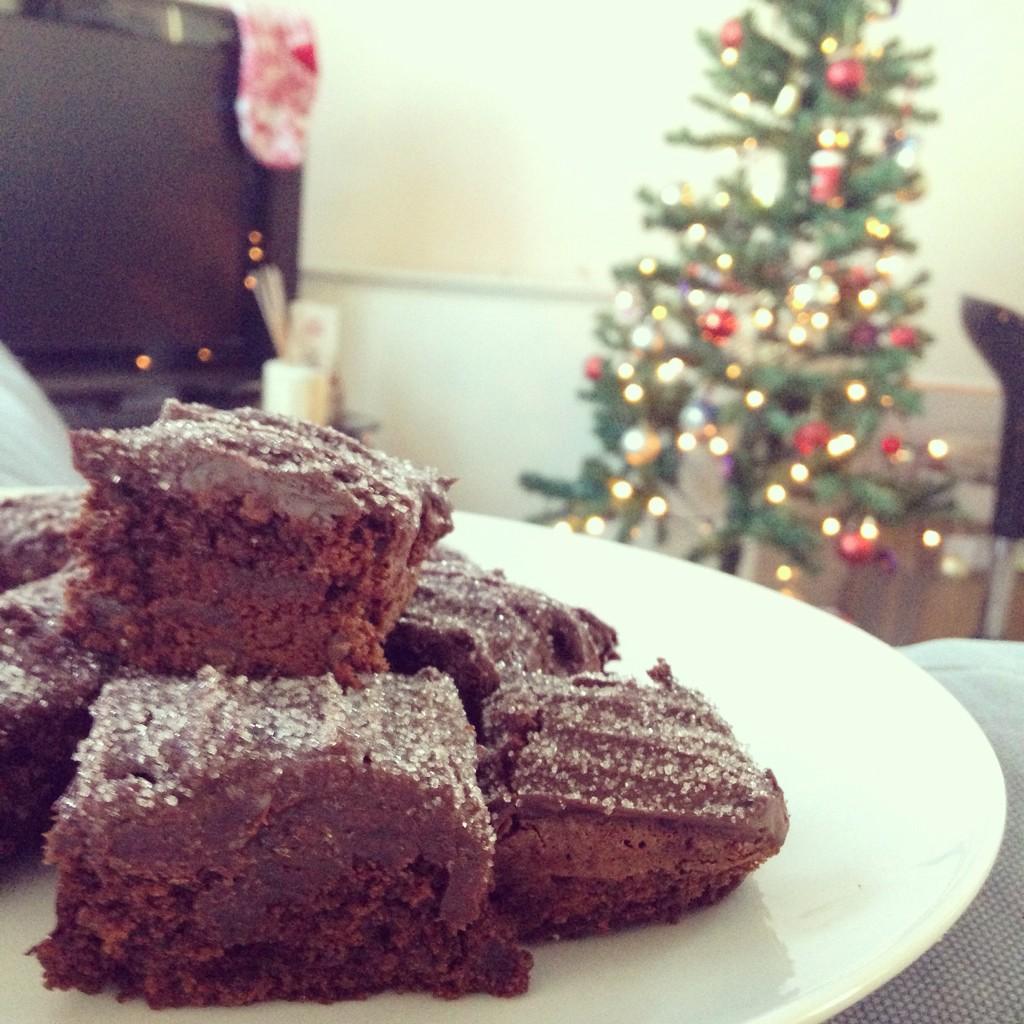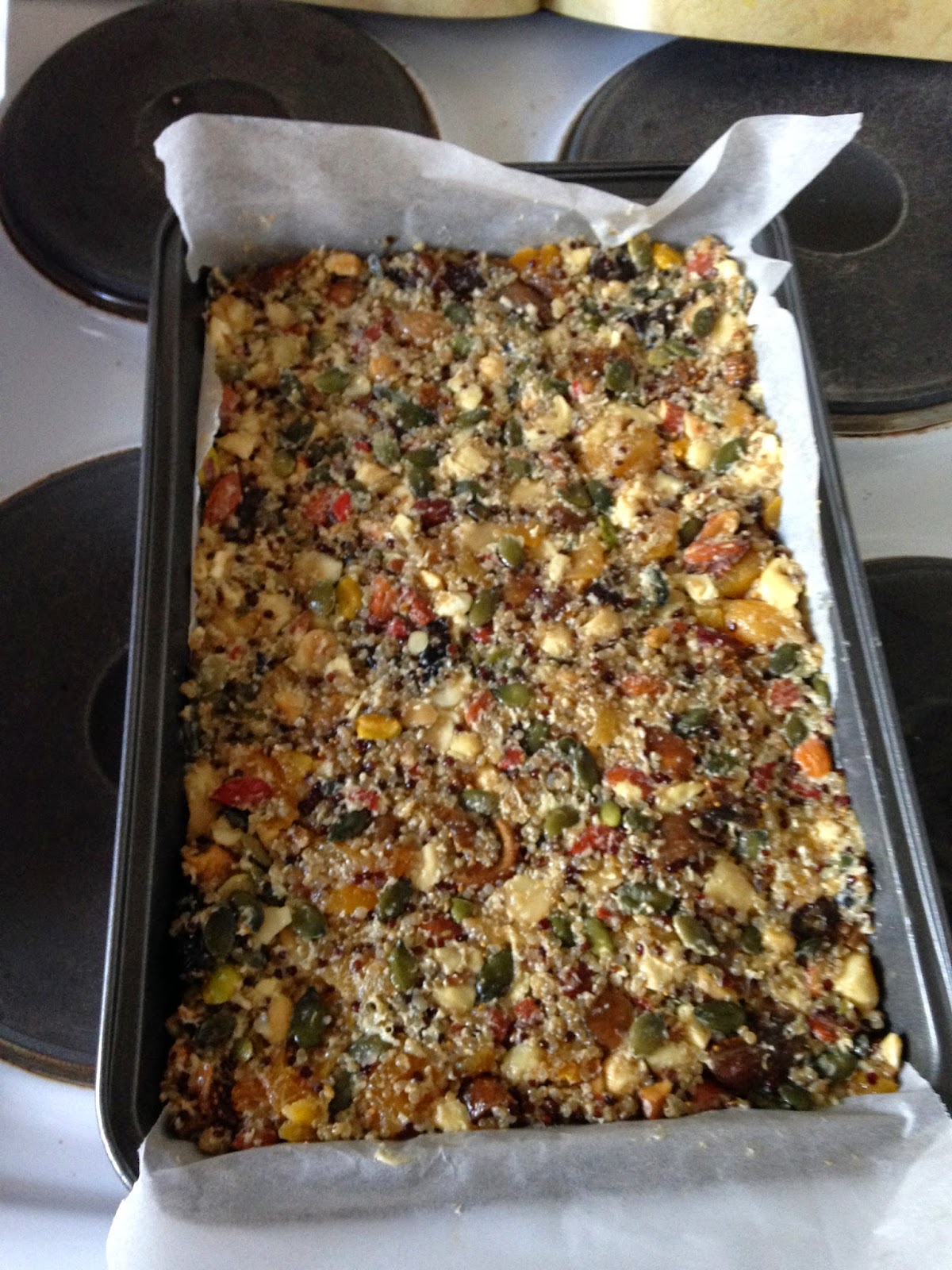PROTEIN: CAN YOU EAT MORE THAN 30 GRAMS PER MEAL?
Is there really a limit to the amount of protein your body can use in a single sitting? If you eat more than six ounces of meat, are you wasting money? Does a little “extra” protein really turn to fat?
Protein provides a significant number of health benefits, but many people fail to realize these benefits because of myths surrounding this nutrient. One of myths is the all-to-often quoted statement that “you can only use 30 grams of protein in a meal.”
What does that mean from a logical standpoint? Those who eat a gram per pound body weight each day would be forced to eat four to eight times per day, depending on body weight! That’s a lot of meals! What an inconvenience!
Fortunately, you can eat more than 30 grams. No, the extra probably won’t turn to fat, and no, it won’t be hard on your kidneys (unless you have a pre-existing kidney disease).
I came across a recent research paper from the journal Clinical Nutrition titled Is there a
Maximal Anabolic Response to Protein Intake With a Meal? which addresses the 30 gram myth.[
[i] It also covered the benefits of eating more protein in general.
Before delving into the summary of the research paper, I want to point out what I’m referring to when I use the term “protein” or “high-quality protein.” I tend to use them interchangeably.
The quality is determined by the amount of essential amino acids compared to the total amount of protein in a food. Animal-based foods tend to be the highest in quality, with whey and eggs topping the list.
Some plant based proteins rank high, such as soy (though it’s quite a controversial protein source) or combinations of plant proteins like rice and pea.
Most people could benefit from increasing their intake, but that doesn’t mean all foods labeled as “high protein” are good choices. Many processed foods now have a label claim of high in protein, but they’re often low quality foods. The protein amount usually isn’t very high anyway.
THE BALANCE OF PROTEIN SYNTHESIS AND BREAKDOWN
At any given time, your body is building some tissues up and tearing other tissues down. Tissue breakdown is called catabolism and tissue growth is called anabolism.
Exercise could be considered a catabolic activity because, when performed at proper intensity levels, it causes some tissue damage.
The recovery process is ideally anabolic, because in the hours and days following a training session, the body secretes hormones and uses nutrients to repair and rebuild the damaged tissues. Once recovered, those tissues should be stronger than they were before.
Consuming protein is not the only factor that affects whether someone recovers or not, but when protein levels are too low, there aren’t enough amino acids to carry out the recovery process. The only solution is to rob amino acids from other tissues in the body.
When people exercise excessively or are too restrictive in their diet, they can quickly lose muscle tissue, bone density and compromise their immune systems. Chronic mental stress can cause the body to become overly catabolic as well.
To repair tissues, essential amino acids are the most important. The more stress one faces, the more his or her protein needs may go up. When the body is in an anabolic state, amino acids are pieced together to form proteins in the body, forming other tissues like muscle.
Hormones like testosterone, growth hormone and insulin play roles in the anabolic process, but without amino acids available, the secretion of these hormones is of little value.
In fact, a rise in insulin without available protein or amino acids is actually catabolic. It increases protein breakdown.
Protein consumption stimulates protein synthesis, and can also reduce protein breakdown. It increases protein synthesis by saying to the body “Hey, more amino acids are available. Let’s start building something with them.” It also reduces protein breakdown by saying “Hey, we’ve got plenty of amino acids available. No need to break down any other tissues in order to free up some amino acids.”
HOW THE 30 GRAM MYTH CAME TO BEING
To reiterate, eating high-quality protein, and more specifically, consuming essential amino acids, both stimulates protein synthesis and decreases protein breakdown.
Though they sound like the same thing, these processes are controlled differently. Protein synthesis can be increased while the body is also increasing protein breakdown, or keeping it the same.
Most of the research surrounding the anabolic effects of protein consumption looked only at protein synthesis.
Research has shown that about 30 grams of high-quality protein causes the greatest increase in protein synthesis. Eating more than 30 grams was not shown to cause further increases in synthesis. Based on those findings, it was suggested that anything beyond 30 grams was unnecessary.
Taking it another step further, some people even say anything beyond 30 grams of protein just turns to fat, which is false. It’s actually quite difficult to turn extra protein into fat.
Again, there’s another side to the equation in creating an anabolic state in the body, and that is the reduction in protein breakdown.
BENEFITS OF MORE PROTEIN PER MEAL
Studying protein breakdown is actually more complicated than studying synthesis, which is probably part of the reason researchers skipped over this in the past. However, it can be researched, and the researchers in the above mentioned study did just that.
What they found turns this 30 gram rule on its head.
First, they found that when individuals consumed 80% of their daily protein in a single meal, it caused a greater overall anabolic response for the day than when the protein was split up over several meals.
Second, they found that the greater the amount of protein individuals consumed, the greater the overall anabolic response was.
This would suggest that the recommended daily intakes for protein are woefully inadequate for optimal health. It may even suggest that benefits could be achieved through protein intakes greater than a gram per pound body weight (or ideal body weight).
Research continues to show that higher-protein diets are beneficial for weight management, muscle recovery and health in general. It remains to be seen at which point there is diminishing returns in protein intake, but the limit clearly is not at 30 grams in a meal.
It may someday be shown that intakes beyond a gram per pound body weight could also be beneficial. Though some have found this to be the case anecdotally, there’s still research needed to further build the case.































 Our natural and organic beond bars come in a range of tantalizing flavours, guaranteed to put a smile on your face and a bounce in your step.
Our natural and organic beond bars come in a range of tantalizing flavours, guaranteed to put a smile on your face and a bounce in your step.